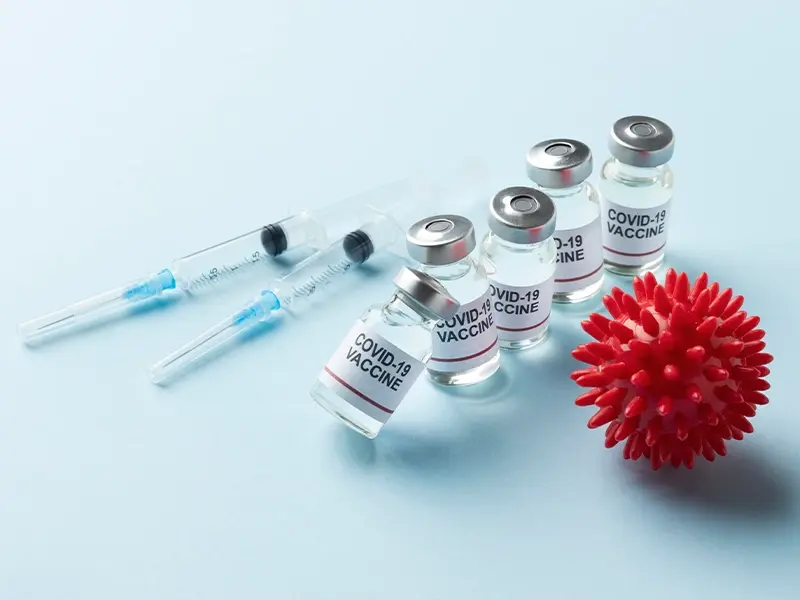
How can you tell if eggs have gone bad? Try this flashlight trick, which also suggests that fitness matters.
Here are 10 key points summarizing the article about eggs:
-
Egg Versatility: Eggs are essential in a variety of dishes, from baked goods like cakes and cookies to breakfast items such as omelets and fried eggs.
-
Storage and Freshness: Although eggs can be stored in the refrigerator for extended periods, they can spoil internally without visible signs on the shell.
-
Freshness Test: A popular method to check egg freshness involves using a smartphone flashlight. Shine the light through the egg; if it glows yellow, it’s fresh; no light indicates spoilage.
-
Visual Confirmation: The method’s effectiveness was demonstrated with an example where a rotten egg showed no light when tested.
-
Seasonal Spoilage: During hotter months, the likelihood of encountering spoiled eggs increases, making freshness checks essential.
-
Helpful Community Feedback: Many viewers appreciated the freshness hack shared in the article, reflecting its practical value for egg consumers.
-
Alternative Freshness Trick: Another common technique involves submerging the egg in water: if it sinks, it’s good; if it floats, it’s spoiled.
-
User Experiences: Comments from users included their own methods for checking egg quality, indicating a community interest in best practices.
-
Quick and Easy Hacks: The flashlight method is noted for being quick and efficient, appealing to those who want a straightforward approach to checking freshness.
- Encouragement to Share: Readers are encouraged to try these hacks and share their results, reflecting an interactive approach to kitchen safety and food quality.
Eggs are a cornerstone of many beloved dishes, from breakfast favorites like omelets and fried eggs to sweet treats like cakes and cookies. They are versatile and nutritious, making them a staple in kitchens around the world. However, even though eggs can remain fresh for a significant period when refrigerated, they can deteriorate internally without any visible signs on the shell. This raises the crucial question: how can you determine if an egg has gone bad before you use it in your cooking?
Bright Ideas for Egg Freshness
A recent viral video featured a fitness expert who introduced a clever technique for assessing egg freshness using a simple flashlight. Here’s how it works: first, ensure that your phone’s flashlight is activated. Place the flashlight on a flat surface and then hold the egg above it. If the egg glows a bright yellow from within, it indicates that the egg is fresh and safe to use. Conversely, if little to no light passes through, this suggests that the egg may be spoiled.
In the video demonstration, the expert cracked open an egg that had failed the light test, confirming suspicions of spoilage. This method is not only straightforward but also eliminates the need for guessing, providing a quick and effective way to check the quality of your eggs.
The Importance of Egg Freshness
With rising temperatures during summer, the likelihood of eggs spoiling increases. Therefore, it’s essential to regularly check your egg supply, especially if you’ve had them stored for a while. Using methods like the flashlight test can help prevent culinary disasters and ensure that your dishes remain both safe and delicious.
Community Reactions
The video showcasing this technique garnered over a million views on social media, sparking a wave of enthusiastic responses. Viewers expressed gratitude for the shared knowledge, with many praising its practicality. “Good idea, thanks for sharing,” one user noted, while others shared their own tips for checking egg freshness.
For example, one viewer mentioned a family tradition of cracking eggs into a separate bowl before combining them with others, enhancing the safety of the cooking process. Another suggestion involved using the classic water test: immerse the egg in a bowl of water; if it sinks, it’s still fresh, but if it floats, it’s time to discard it.
Quick and Effective Tips for Fresh Eggs
In addition to the flashlight and water tests, there are other methods to check egg freshness:
-
The Sniff Test: After cracking the egg open, take a whiff. A spoiled egg will emit a foul odor, distinct even to the most sensitive noses.
-
The Shake Test: If you gently shake the egg and hear a sloshing sound, it may indicate that it’s no longer fresh. Fresh eggs typically have a more solid interior.
-
Visual Inspection: Before using an egg, inspect its shell. Look for any cracks or unusual discoloration. A clean, intact shell is a good sign that the egg is safe to use.
-
Sell-by Dates: Always check the sell-by date on the carton. Eggs can often remain good for a while after this date, but it’s a good guideline for freshness.
- Proper Storage: To prolong the lifespan of your eggs, store them in their original carton in the coldest part of the refrigerator, rather than the door.
Try the Techniques
These straightforward and quick methods can help you ensure that your eggs are fresh before cooking. The flashlight technique, in particular, stands out for its efficiency and ease of use. Try it out and see if it works for you and your family!
Conclusion
Incorporating eggs into your meals is a practice filled with culinary opportunity. With various delightful recipes at your disposal, ensuring the freshness of your ingredients is crucial. Whether you choose the flashlight test, the water immersion method, or good ol’ intuition, being proactive about egg quality will enhance your cooking experience. Embrace these simple hacks, and rest assured that your dishes will turn out perfectly every time!


